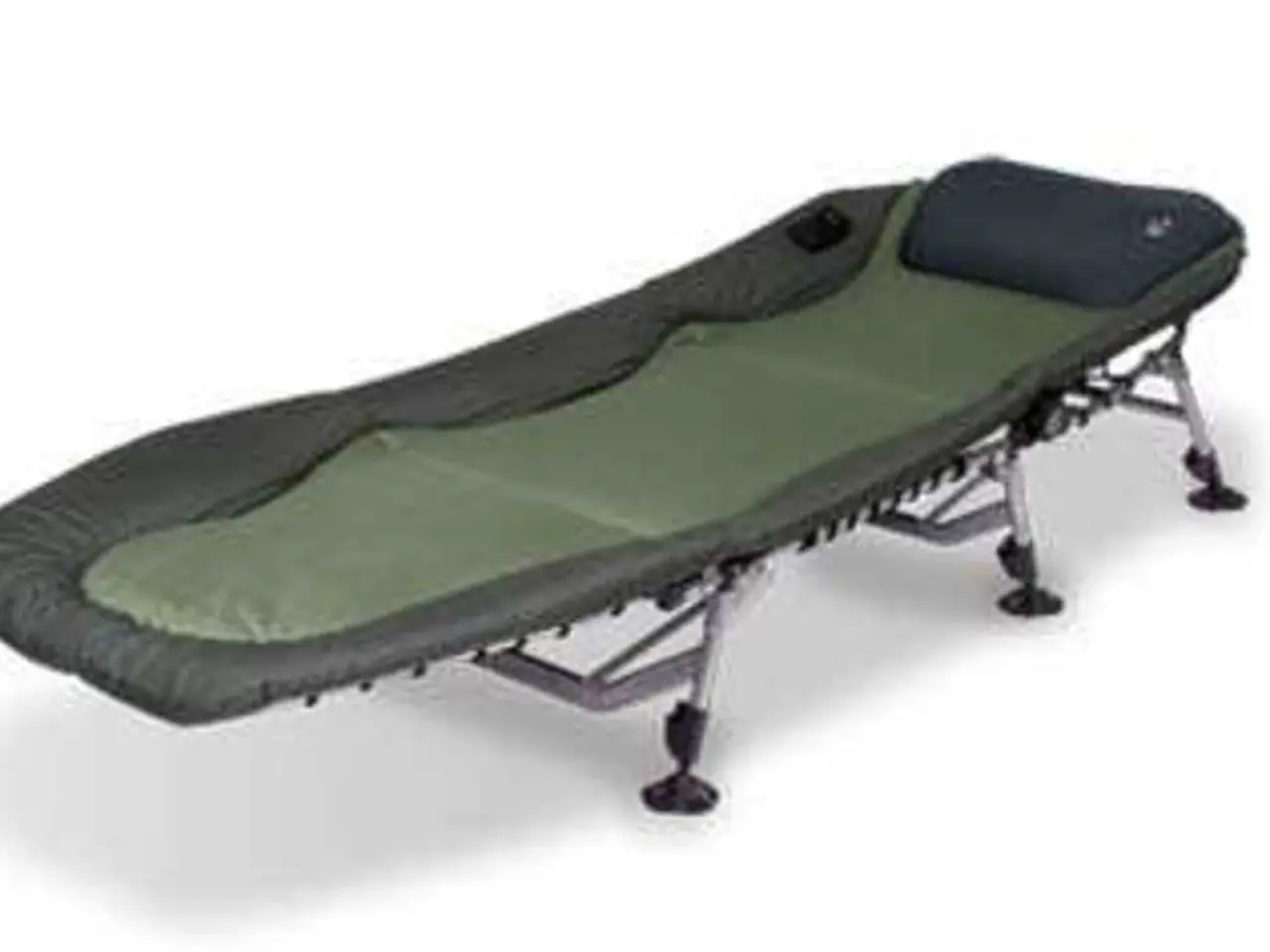Utilizing Stretching Routines for Injury Prevention in CrossFit Training
In the world of CrossFit, where intense workouts and varied movements are the norm, injury prevention is a top priority. A well-rounded approach to CrossFit training includes dynamic warm-ups, targeted mobility work, and regular stretching routines both before and after workouts.
Warming up before stretching is essential to increase blood flow and prepare the muscles for stretching. This initial stage is crucial as it helps to "wake up" the muscles, preparing them for the functional movements that CrossFit demands. Examples of dynamic drills include leg swings, arm circles, and inchworms, which help increase blood flow and prepare the joints and muscles for the rigorous exercises ahead.
CrossFit founder Greg Glassman emphasised the importance of moving through a full, natural range of motion (ROM) in all exercises. This ensures proper technique and reduces compensatory movement patterns that may lead to injury. Developing mobility and strength to achieve full ROM takes time but is critical for safe and effective training.
Incorporating targeted mobility work and stretching for key areas such as hips, shoulders, and ankles is also crucial. For instance, ankle mobility drills, including calf stretches where heels are lowered slowly with a straight knee, help maintain joint health and flexibility, lowering injury risk during various CrossFit movements.
It's important to note that avoiding bouncing or jerky movements while stretching helps prevent injury. Focusing on major muscle groups used in CrossFit, such as the hip flexors, hamstrings, quadriceps, calves, and shoulders, is also crucial for injury prevention.
Regular stretching allows for better form and efficiency in CrossFit movements, enhances athletic performance, and increases the range of motion in CrossFit workouts. Holding each stretch for an adequate amount of time (at least 30 seconds) allows the muscles to relax and lengthen, maximising the benefits of stretching.
Seeking professional guidance from a qualified fitness professional or physical therapist, especially if you're new to stretching or have specific mobility issues, can help create a customised stretching routine that suits your needs. Active stretching, which involves using the strength of the opposing muscle group to stretch the targeted muscle, and PNF (Proprioceptive Neuromuscular Facilitation) stretching, which combines static stretching with contraction and relaxation of the targeted muscles, are techniques that may be recommended by a professional.
Incorporating stretching into your regular CrossFit routine before and after workouts is key for injury prevention and optimising your CrossFit workouts. Listening to your body while stretching and never pushing yourself into pain is also important to prevent injury. Stretching can help prevent strains, pulls, and other muscular injuries in CrossFit.
For effective injury treatment options for CrossFit athletes, further information can be found by clicking the provided link. By following these guidelines and incorporating stretching and mobility work into your CrossFit routine, you can help minimise the risk of injury and maximise your performance in this high-intensity workout regimen.
[1] dynamic movements: https://www.crossfit.com/cf-info/movement/ [2] full range of motion: https://www.crossfit.com/cf-info/movement/range-of-motion [3] ankle mobility drills: https://www.crossfit.com/cf-info/movement/ankle-mobility [4] daily habit: https://www.crossfit.com/cf-info/movement/mobility-warm-up
Incorporating science-based stretching techniques into one's routine, such as active stretching and PNF stretching, can be effective in promoting health-and-wellness and reducing injury risk in CrossFit. In addition, focusing on fitness-and-exercise routines that include dynamic warm-ups, targeted mobility work for key areas like hips, shoulders, and ankles, and regular stretching before and after workouts can significantly enhance CrossFit performance and prevent injuries.




